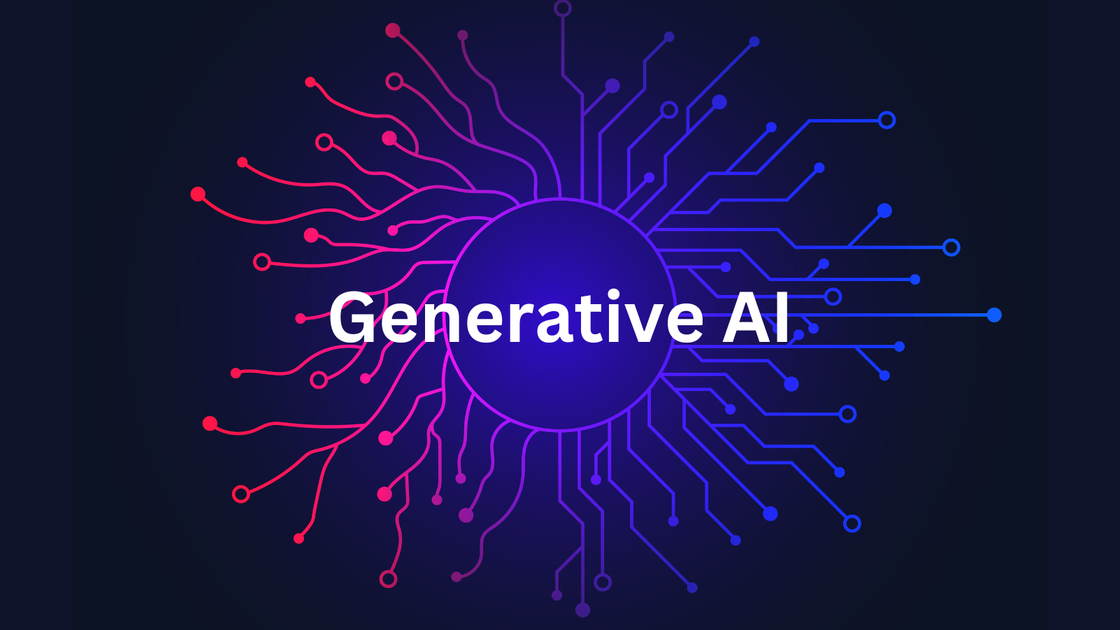
In recent years, generative AI has moved from the fringes of research labs into the heart of creative industries. By 2025, tools like ChatGPT, Midjourney, DALL·E, and Sora are not only reshaping how content is produced but also redefining the boundaries of creativity itself. From digital marketing to film production, content creation with AI is becoming a central force in modern workflows.
What Is Generative AI?
Generative AI refers to algorithms and models—often powered by machine learning, particularly large language models (LLMs) and diffusion models—that can generate new, original content. This includes text, images, video, music, and even code. Unlike traditional AI systems that are limited to decision-making or pattern recognition, generative AI creates.
Leading AI Tools Powering the Creative Revolution
1. ChatGPT
Developed by OpenAI, ChatGPT has become one of the most widely adopted generative AI tools for text-based content. It can:
- Write articles, blog posts, emails, and social media captions
- Assist with brainstorming and scripting
- Generate summaries, SEO content, and product descriptions
Use in Content Marketing: Businesses use ChatGPT to automate content calendars, create engaging newsletters, and improve SEO copy at scale.
2. Midjourney
Midjourney is an AI image generator known for its artistic and surreal visuals. Through natural language prompts, users can create:
- Concept art
- Illustrations for blogs, books, and games
- Branding visuals and moodboards
Use in Design: Graphic designers use Midjourney to rapidly prototype and iterate on visual ideas, saving hours of manual sketching.
3. DALL·E
Also by OpenAI, DALL·E generates photorealistic and artistic images from text descriptions. Its precision in rendering fine details makes it ideal for:
- Product mockups
- Storyboarding
- Visual storytelling
Use in Media: Media companies leverage DALL·E for editorial illustrations and visual assets, reducing dependence on stock photography.
4. Sora
Sora, a video generation model, is OpenAI’s latest innovation. It can generate high-quality, realistic videos from text prompts.
Use in Film & Advertising: Still in its early stages, Sora is showing promise in ad prototyping, concept reels, and even full-scene generation, potentially transforming how media is visualized before production begins.
Key Use Cases Across Industries
Media & Entertainment
Generative AI assists in scriptwriting, scene visualization, and editing. Studios are exploring AI to streamline pre-production and augment creative storytelling.
Marketing & Advertising
Marketing teams use AI to personalize content, generate creatives, and A/B test variations—reducing costs while increasing engagement.
Design & Branding
AI tools help create logos, brand aesthetics, and promotional assets. They enable rapid prototyping, ideation, and even animation.
The Benefits and Challenges of Content Creation with AI
Benefits:
- Speed & Efficiency: Producing content in seconds instead of hours.
- Cost Reduction: Lower dependence on large creative teams.
- Scalability: Ability to produce large volumes of content across formats.
Challenges:
- Originality Concerns: Risk of content homogeneity or derivative works.
- Ethical & Copyright Issues: Legal debates around ownership and AI-generated content.
- Quality Control: Human oversight is still needed to ensure relevance and accuracy.
Looking Ahead: AI Tools in 2025 and Beyond
As AI tools in 2025 continue to evolve, the synergy between human creativity and artificial intelligence will deepen. Rather than replacing artists and creators, generative AI is emerging as a powerful co-creator—augmenting talent, expanding possibilities, and enabling anyone to bring their ideas to life.






